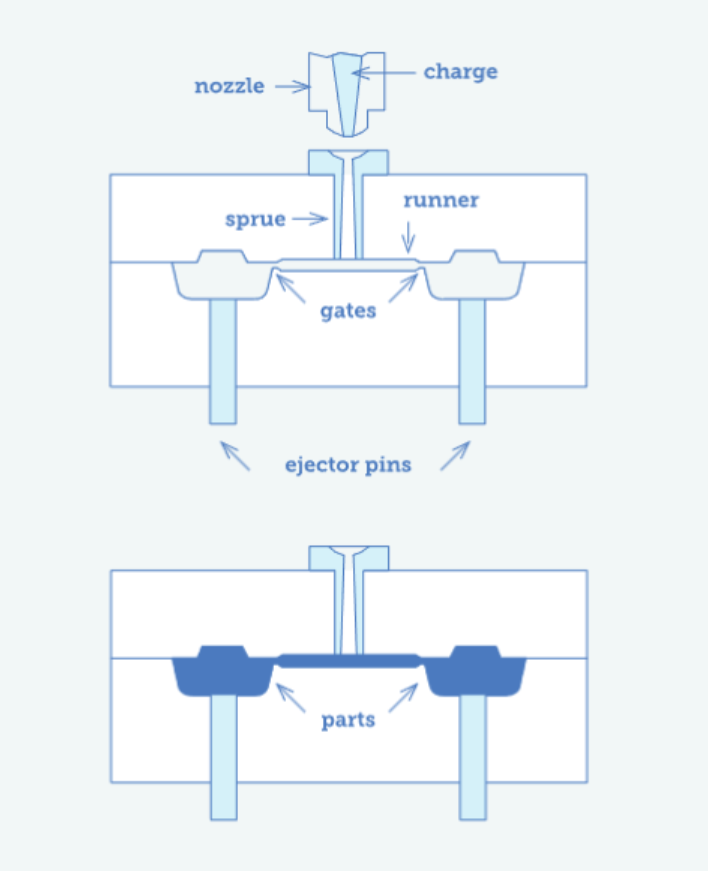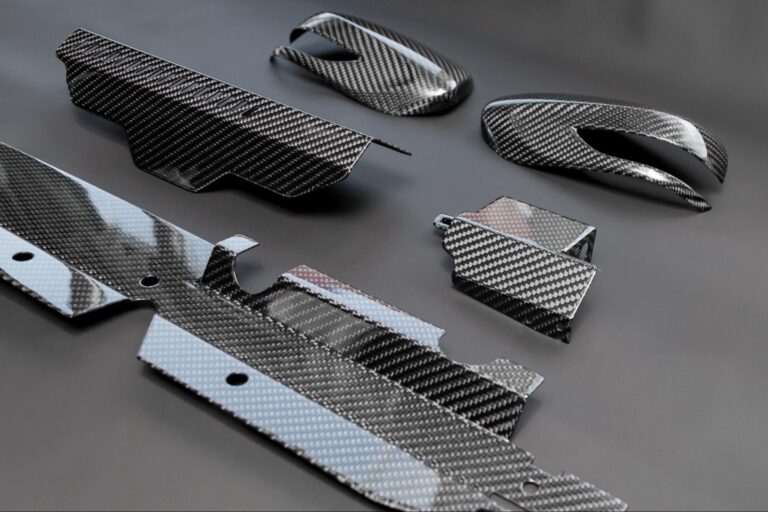Time to read: 2 min
At Fictiv, we receive lots of different types files each day. In the world of 3D modeling, there are lots of options for sharing CAD data, each with their own strengths and weakness. When preparing to upload files to Fictiv, we prefer to receive a STEP file, but also accept properly exported STL files. STEP files ensure the units will be the same as you designed them in and the file size will be easily sharable.
Here are some of the most common errors we see when uploading files to Fictiv and how to fix them:
Wrong units
Problem: A file is designed in one unit and the STL is exported in another
Solution: Save your file as a STEP file or checkout this article for how to export your STL properly based on your CAD program
File size too large
Problem: A file is too large so uploading fails or the file is difficult to process
Solution: Double check you STL settings.–on average, your file should be less than < 10Mb. Refer to this article for how to export your STL properly
Part is too large and won’t fit on our machines:
Problem: You have a very large prototype that you need produced and it won’t fit on a build bed.
Solution: Cut your file and let us weld or glue it back together for you. Check out this article for more details on how to do that.
Hope this is helpful! If you have any further questions, check out the Fictiv Capabilities Guide or reach out to an expert prototyping engineer at help@fictiv.com!










